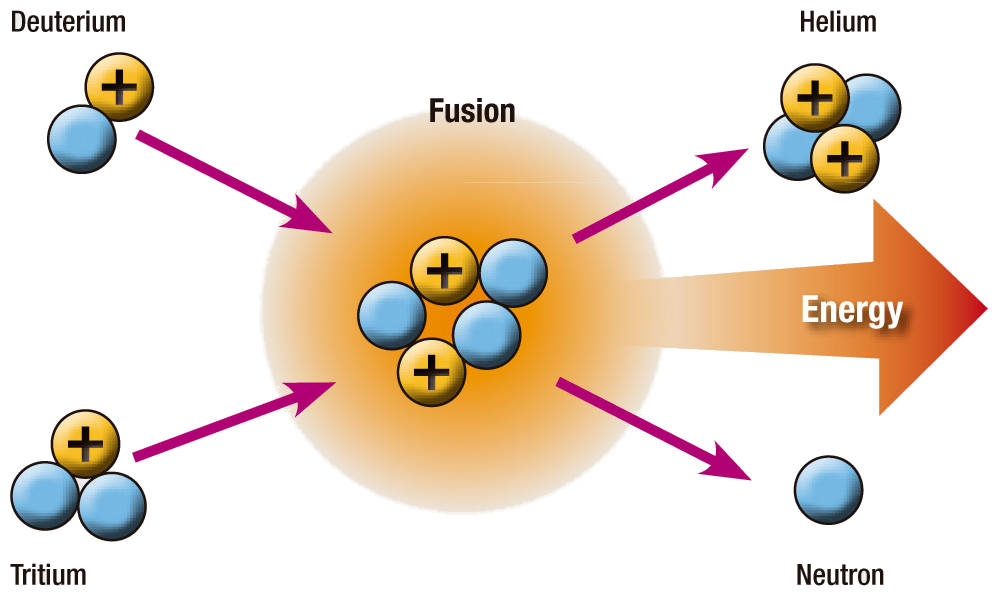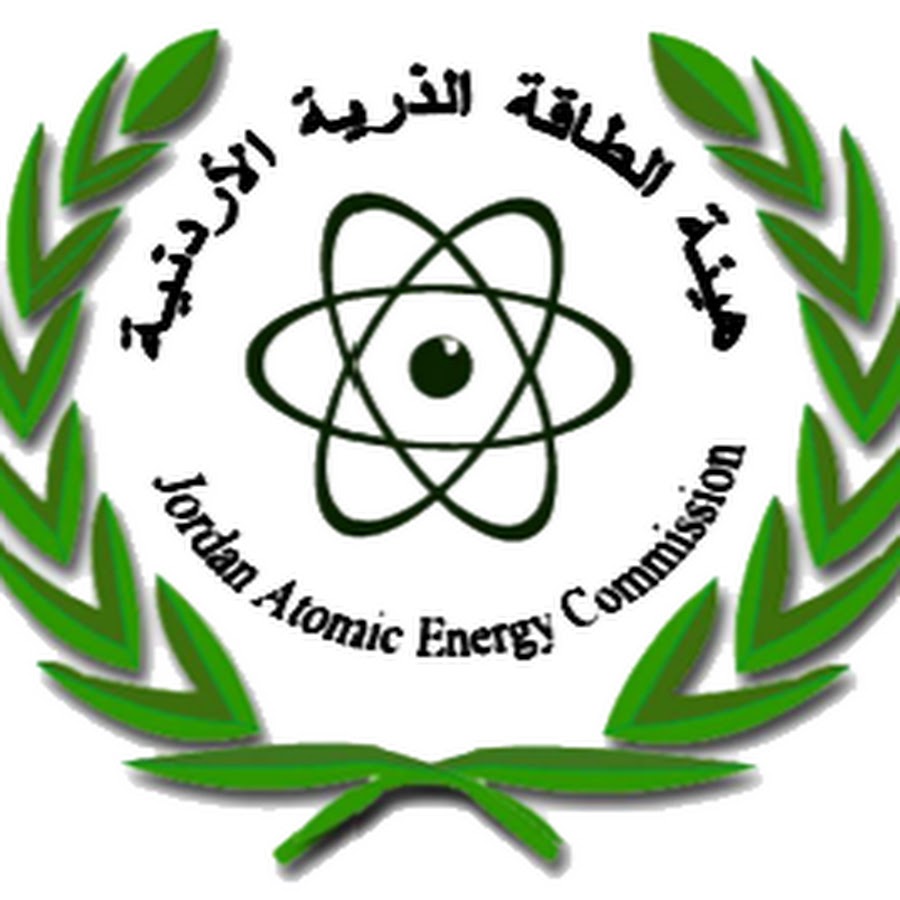The great advantage of nuclear fusion is that a great amount of energy can be generated from just a few grams of fuel. One gram of fuel in a fusion reactor has the potential to generate the equivalent of eight tons of oil.
Something similar happens with nuclear fission. This is the process that produces energy in operating commercial nuclear power plants. The amount of fuel (uranium or plutonium) is very small when compared to the fuel required by thermal power plants that burn coal, gas, or oil. No matter how great the use of fusion energy in the future, its use will never be so great as to alter the composition of our atmosphere.
The use of hydrogen isotopes will be required in order for fusion reactors to become widespread. Isotopes are atoms of the same element but with different numbers of neutrons. This feature means the different isotopes of an element have the same chemical properties, but they have different physical properties.
The fusion reactions that take place at the lowest temperatures are those produced between deuterium and tritium. Deuterium is very abundant in both seawater and fresh water. It can be extracted by hydrolysis. Tritium is rare in nature but can be produced by the fusion reaction itself. Neutron from the fusion reaction impact a regenerating mantle composed of lithium, among other elements. A neutron and a lithium atom produce tritium as a byproduct that will be reused as fuel in plasma. Plasma is an ionized gas with a temperature higher than eleven thousand degrees Fahrenheit.
Nuclear reactions occur in fusion as well as fission. However, they are different from the processes we know from burning fuel. Burning fossil fuels is a chemical reaction. In order to initiate fusion, nuclei must be brought closer together so than the nuclear forces come into play and attract each other strongly. When these nuclei fuse, the form a new element that weighs less than the sum of the masses of the initial nuclei. This difference in mass can be transformed into energy by Einstein’ equation E=mc2. The fusion process for commercial fusion reactors involves very light elements. Hydrogen isotopes generate the most energy when fused. By joining two hydrogen nuclei through a nuclear fusion reaction, the result is a helium nuclei and a highly energetic neutron.
In order to understand the amount of fusion fuel needed for a fusion reactor, the density of plasma in a fusion reactor has a density of one million times smaller than the density of air at sea level. The density of plasma is so low, than no matter how many reaction occur with the release of helium, it will never be able to alter the composition of the atmosphere no matter the consumption of hydrogen nor the emissions produced by fusion.
This fact alone means that converting to fusion fueled reactors will help reduce climate change that is being caused by the burning of fossil fuels today. In addition, the reduction of waste produced by fossil fuels and nuclear fusion power is a very attractive feature of fusion power.




